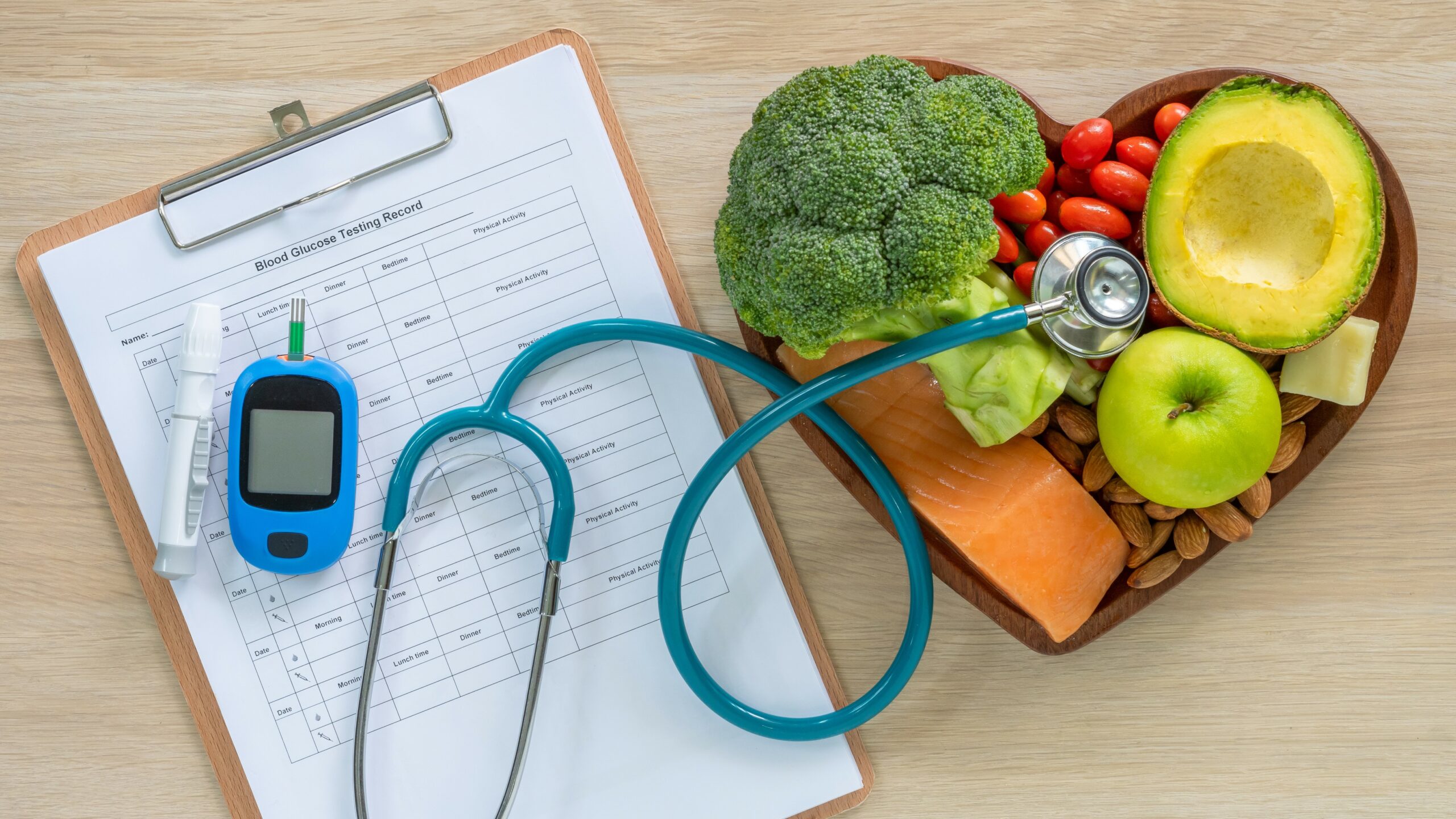
A Guide to Understanding Diabetes
Diabetes is a chronic disease that affects the way your body uses food for energy. More than 34.2 million people in the United States have diabetes, according to the Centers for Disease Control and Prevention (CDC).
Whenever you eat, most of your food is broken down into sugar, which is later released into your bloodstream, says the CDC. Now, your body can use this sugar for energy. However, in order to do this, your pancreas needs to release insulin so that your cells know there’s sugar in the bloodstream they can use for energy.
With diabetes, something goes wrong with this process. The CDC explains that either your body doesn’t make enough insulin or that it isn’t being used in the way it should. As a consequence, your bloodstream ends up with excess sugar, which can lead to other serious health problems like heart and kidney disease.
Simply put, diabetes is a serious health condition that can lead to other health problems because there is too much sugar in your bloodstream.
Here are some symptoms of diabetes, according to Mayo Clinic:
- Increased thirst
- Frequent urination
- Extreme hunger
- Unexplained weight loss
- Fatigue
- Irritability
- Blurred vision
- Sores that heal slowly
- Frequent infections (including gum, skin, and vaginal infections)
- Since your body has trouble breaking down sugar in your bloodstream, it uses fat and muscles for energy instead. This leads to what is called “ketones in urine.”
The Four Types of Diabetes
Not all diabetes diagnoses are the same. You can either have prediabetes, gestational diabetes, Type 1, or Type 2.
- Prediabetes: With this diagnosis, the sugar in your bloodstream is higher than normal, but it is not high enough for Type 2, according to the CDC. There’s good news; with lifestyle changes, you can delay or prevent Type 2. It’s important to take action now instead waiting until the disease progresses to a more serious health problem.
- Gestational Diabetes: Women who have never had diabetes before can develop gestational diabetes during pregnancy, according to the CDC. It usually goes away after you give birth, but there are some caveats. Both you and your baby could be at a higher risk for Type 2 and other health problems later on in life. With a healthy lifestyle and regular primary care visits, you can monitor your health and help reduce your risks for other health problems.
- Type 1: It is believed that this disease is caused by an autoimmune reaction, which is when your body attacks itself by mistake, says the CDC. Type 1 stops your body from producing insulin, and people with this disease have to consciously take insulin every day.
- Type 2: This type of diabetes develops over many years, according to the CDC. Sometimes the symptoms go unnoticed, so it’s important to get your blood sugar tested if you’re at risk.
Risk Factors
Many things can put you at risk for developing diabetes. These include family history, race and ethnicity, age, weight, high blood pressure, abnormal cholesterol levels, environmental factors, and previous health issues like gestational diabetes and polycystic ovary syndrome, according to Mayo Clinic.
Weight affects your level of risk for diabetes because having more fatty tissue makes your cells more resistant to insulin, says Mayo Clinic. While several risk factors for diabetes are unavoidable, your overall risk can be greatly reduced by paying attention to your health. A simple blood test can confirm a diagnosis of diabetes. At Good Samaritan Health Centers of Gwinnett, we provide in-house phlebotomy at a reduced cost.
How to Improve your Health
First of all, get your blood sugar tested. If you are diagnosed with diabetes, take your prescribed medication and work on improving your health through diet and exercise. A guide to foods that are good for you if you have diabetes can be found here.
Next, remember the ABC’s of diabetes. This method was written by doctors and editors from UpToDate.
- “A” stands for “A1C.” This is a blood test that shows your average blood sugar level over the past few months. Keep up to date with this number, and aim for a level below 7%.
- “B” stands for “blood pressure.” This is just as important as controlling your blood sugar. Aim for 140/90, however, it may need to be lower in some cases. Diet and weight issues can affect blood pressure, according to WebMD.
- “C” stands for “cholesterol,” which is a waxy material carried in your bloodstream. If you’re looking at a recent blood test result, you will see both HDL and LDL cholesterol. HDL is known as “healthy” cholesterol, and LDL is known as “lousy” cholesterol. With diabetes, you should aim for an LDL level below 70.
Controlling your ABC’s, according to the doctors at UpToDate, involves staying up to date with prescribed medication and making lifestyle changes. They recommend being active for at least 30 minutes per day during most days of the week, limiting fried, fatty foods, avoiding alcohol, losing weight, and quitting smoking.
Improving your health is a journey, and sometimes small changes can make a bigger difference in the long run. Make a commitment to your health, start small, and be consistent in your lifestyle changes. Providers at Good Samaritan Health Centers of Gwinnett help patients with diabetes nearly every day. It’s a widespread disease that affects a significant part of our population. Please, make an appointment with us so we can support you on your journey to improving your health! Call 678-280-6630 for our Buford Highway clinic and 770-806-0162 for our Commerical Court clinic.
Feature photo credit: Chinnapong — stock.adobe.com



